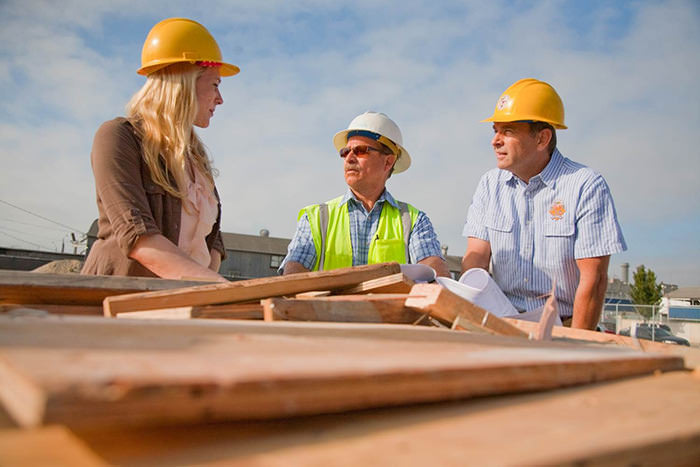Construction projects urged to ensure health and safety of workers as the second phase of a targeted inspection initiative gets underway as of 2nd October 2017
The Health and Safety Executive (HSE) statistic confirm that 43 workers were fatally injured in 2015/16, and an estimated ten times that number died from construction related ill-health, with a further 65,000 self-reported non-fatal injuries.
With that in mind, the HSE wants every construction contractor, client and designer to ensure they are not adding to this unacceptable toll of harm by failing to manage well-known risks.
This phase of their campaign will focus on control of harmful dusts including respirable silica from concrete, brick and stone, asbestos and wood dust, as well as hazards arising from work at height, structural safety, materials handling, good order and welfare provision.
HSE points to the mis-conception that health issues cannot be controlled in construction. It says harmful dust, whether silica or wood, is a serious issue and can be managed effectively with the right design, equipment and training. Health effects may not be immediate, but the ultimate impact on workers and their families can be devastating.
In phase 1 of their campaign the HSE carried out over 2000 inspections earlier this year with action being taken to address these issues in almost half of visits.
HSE chief inspector of construction and director of construction division, Peter Baker, said: “In phase 1 of this campaign HSE’s inspectors found lots of good examples of small sites working safely and protecting workers health from exposure to harmful dusts, proving it can be done. My message to smaller businesses is don’t wait for an accident or a visit from an HSE inspector – learn from the success of others and act now.
“Nearly half of construction fatal accidents and injuries reported to HSE involved refurbishment work.
“Some small refurbishment sites continue to cut corners and not properly protect their workers resulting in an unacceptable number of deaths and injuries each year.”















